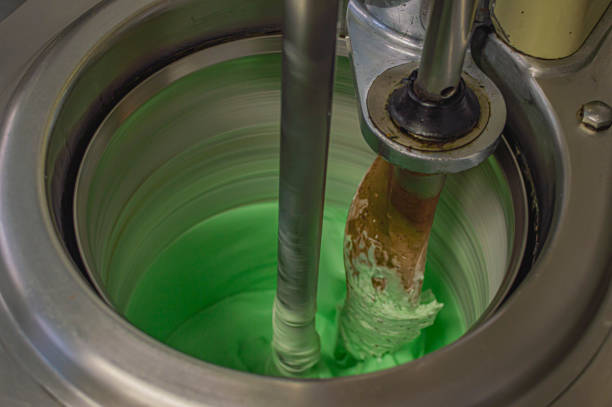In the realm of cosmetic manufacturing, achieving success involves not only crafting exquisite formulations but also mastering the art of scale-up and waste reduction. These critical aspects play a pivotal role in ensuring product consistency, quality, and sustainability. In response to the surge of inquiries we receive at the Institute on cosmetic production, this article delves into the intricacies of managing scale-up processes and limiting waste, all while adhering to industry best practices. As we embark on this journey, let's uncover the steps and strategies that pave the way for successful cosmetic manufacturing.
The Significance of Scale-Up Steps in Cosmetic Manufacturing
Scaling up cosmetic production is a multifaceted process that demands meticulous attention to detail. The methods and equipment used to create a mere 100g research and development (R&D) sample differ dramatically when working with larger batches, such as 100kg or 20kg. Failing to address these differences can lead to batch inconsistencies and, inevitably, product waste. Thus, the integration of effective scale-up steps is indispensable.
In this realm, the following steps are crucial:
Preliminary Stability Data: Commence the scale-up journey armed with preliminary stability data from your 100g lab sample. This data serves as a foundation for informed decision-making during subsequent stages.
Stability Testing: Ensure the stability of your formulation by subjecting it to rigorous testing, including freeze/thaw cycles and accelerated temperature assessments. This preliminary stability data offers invaluable insights into how your formulation responds to various conditions.
Transition to Larger Lab Samples: As you progress, transition to larger lab samples, typically ranging from 1-2kg. This step involves utilizing equipment distinct from that employed for the initial 100g batch. As you explore larger equipment and adjust processing times, you're essentially simulating the scale-up process.
Enter the Pilot Batch Phase: This pivotal phase involves crafting a pilot batch, spanning 10-20kg. This batch mirrors the production conditions but on a smaller scale. It's an opportunity to test the waters before diving into larger production batches.
Addressing Issues: The pilot batch phase serves as a litmus test. Any discrepancies or issues that arise can be identified and rectified before full-scale production. This includes troubleshooting equipment, processing times, and other variables that could impact the final product's quality.
Transition to Larger Batches: With successful pilot batch outcomes, you're ready to embark on producing 100 – 200kg batches or even larger volumes. This transition is smoother due to the groundwork laid in the preceding phases.
Strategies to Minimize Waste in Cosmetic Manufacturing
Waste reduction is an ethical and practical imperative in the realm of cosmetic manufacturing. Keeping waste within acceptable limits not only enhances product quality but also minimizes environmental impact. To achieve this goal, consider the following strategies:
Efficient Dispensing Materials: Ensure that all dispensed materials are optimally transferred into the batch using appropriate dispensing equipment. Scrapping and transferring as much material as possible minimizes batch-to-batch variation and reduces unnecessary waste.
Combating Evaporation: Evaporation can be a significant source of waste. Prevent this by minimizing air exposure during the production process. Opt for equipment with smaller openings to reduce evaporation losses, preserving both product stability and integrity.
Appropriate Equipment Selection: Equip your production line with machinery that is fit for purpose and designed for seamless transfer and filling stages. Validation of equipment ensures minimal product losses during these critical processes.
Conclusion
As the canvas of cosmetic manufacturing continues to evolve, mastering the art of scale-up and waste reduction is paramount. By meticulously following the scale-up steps and adopting strategies to minimize waste, manufacturers can create products that epitomize consistency, quality, and sustainability. This journey, while challenging, is rewarding – an expedition that transforms raw materials into exquisite finished products. To further enhance your understanding and proficiency in cosmetic manufacturing, consider engaging in our dedicated workshop series tailored for small brands. This series equips you with essential tools, insights, and techniques that empower you to navigate the intricate landscape of cosmetic production with confidence and finesse. Remember, in the realm of cosmetics, precision and innovation intertwine to create a tapestry of beauty and excellence.

